A branch of almond tree as a promise of life
At Alpha Reproduction, we believe that some works speak softly… but touch deeply.
With Almond Tree in Bloom, Vincent van Gogh does not just sign a floral painting: he offers a breath of light, an intimate celebration of renewal, a message of love reaching towards the future.
Painted in 1890 in Saint-Rémy-de-Provence, this work was dedicated to the birth of his nephew, a tender and symbolic gesture. Against a background of pure blue sky, the delicate white flowers of an almond tree announce spring and awakening.
Through this canvas inspired by Japonism, Van Gogh evokes hope, familial tenderness, and the beauty of the present moment.
A painting that is calm and vibrant at the same time, which continues today to bring softness and serenity to all who cross its gaze.
🌼 Van Gogh and flowers: a luminous passion
Nature as emotional refuge
Since his beginnings, Vincent van Gogh saw in nature a mirror of the soul. His landscapes, trees, fields, and especially his flowers translate a vital need to reconnect with the essential.
For him, painting nature was not an exercise in style, but a way of living — or surviving. In the most troubled periods of his life, it was the flowers that offered him a soft and silent language, capable of saying what words could not.
In painting flowers, Van Gogh was not only seeking beauty: he was expressing fragility, purity, the ephemeral... themes that resonate with his own sensitivity.
An obsession with living and ephemeral beauty
Sunflowers, irises, roses, almond trees in bloom: all these floral subjects testify to an intense gaze upon life, even in its most discreet details.
Flowers represent an inner light for Van Gogh. He paints them with vibrant colors, sharp outlines, and an almost sacred simplicity.
This deep connection with the plant world will reach its peak with the painting Almond Blossoms, a peaceful work, but carrying a deep meaning: that of rebirth.
🎁 Context of creation: a painting to celebrate a birth
A heartfelt gift for his nephew Vincent Willem
In January 1890, Vincent van Gogh learns news that fills him with joy: his brother Théo, his greatest support, becomes the father of a little boy named… Vincent Willem.
Touched by this birth, the artist decides to paint a symbolic painting, intended to adorn the child's room. He chooses to represent a flowering almond tree, a symbol of renewal, hope, and the life that begins.
This painting was therefore not intended for a gallery, nor for a museum, but for an intimate, familial gesture, full of tenderness. Van Gogh pours all his sweetness, all his love into it — a rarity in a work often marked by inner tension.
Saint-Rémy-de-Provence, a place of serenity and inspiration
It is in the peaceful gardens of the asylum of Saint-Paul-de-Mausole, in Saint-Rémy-de-Provence, that Van Gogh paints this masterpiece.
Since May 1889, he has voluntarily withdrawn there to treat his mental troubles. There, surrounded by the Provençal nature, he finds a fragile but creative balance.
The almond trees in bloom, the first to blossom at the end of winter, become for him a sign of light, of new beginnings, and of silent hope.
Painted between late January and early February 1890, the work expresses this inner rebirth. Each flower becomes a wish, each branch a blessing addressed to the new generation.
🎨 Analysis of the painting Almond Blossoms
A simple and symbolic composition
The painting Almond Blossoms strikes first with its visual purity. Against a light blue sky background, almost uniform, a flowering branch stands out — as if suspended in space.
The composition is deliberately stripped down: no detailed background, no depth, only the essentials. Van Gogh isolates the almond branch as a symbol: that of delicacy, spring, and birth.
This sobriety is directly inspired by the Japanese aesthetic, particularly the ukiyo-e prints that the artist collected and admired. The branch winds like a living ideogram, with natural grace.
Colors and sensations
The palette of the painting is soft yet intense: the clear sky blue of the background contrasts with the bright white of the flowers, slightly pinkish on the edges.
The wood of the branch, light brown, is dotted with delicate buds. The whole gives a sensation of freshness, peace, elevation.
Here, Van Gogh abandons the tortured brushstrokes he is known for in favor of a more fluid, more composed touch. This choice reinforces the soothing character of the work.
It is a painting that breathes, calms, and elevates the spirit — a painting that one contemplates in silence.
🪷 A work with multiple interpretations
A painting of tenderness and hope
Beyond its floral beauty, Almond Blossom is a deeply emotional work. Van Gogh does not just paint a tree: he paints a promise, a future, a gesture of love.
Given to his nephew, this painting becomes a message of hope, a silent blessing for a life to come.
In Mediterranean traditions, the almond tree is the first to bloom, often associated with rebirth and the fragility of existence. Van Gogh makes it a symbol of purity and renewal here, like a gentle prayer addressed to the child.
A style between Japonism and modernity
The influence of Japanese art is evident: flat composition, sharp contours, monochrome background, absence of shadow… Van Gogh does not seek to reproduce reality, but to express its essence.
At the same time, this work also heralds a new modernity. It moves away from Western conventions to adopt a pure, graphic, almost spiritual vision.
The result is a painting at the crossroads of cultures, where the East and the West meet in a silent harmony.
🌟 Why does this painting still touch us today?
A universal message of sweetness
Through its poetic simplicity, Almond Blossom speaks to everyone, beyond eras and cultures.
It is a work that does not shout — it whispers the beauty of the world, the fragility of life, the hope that is reborn even after the harshest winters.
Each white flower here becomes a symbol of balance, calm, rebirth. In a hectic world, this painting continues to bring a visual breath, an inner pause, a soft light to those who observe it.
A perfect work for decoration
By its format, clarity, and serene atmosphere, Almond Blossom is also a perfect work to enhance an interior.
In a child's room, it evokes birth, love, the promise of a peaceful future.
In a bright living room or reading nook, it inspires tranquility and centering.
In a meditative space or an office, it invites concentration and gentleness.
It is a painting as beautiful as it is beneficial, which beautifies while soothing.
🖌️ Hand-painted reproduction – Alpha Reproduction
A timeless work in your interior
At Alpha Reproduction, we believe that certain works deserve artisan attention worthy of their message.
Our reproduction of Almond Blossom is entirely hand-painted, in oil on canvas, by passionate artists trained in classical techniques.
Each brushstroke respects the subtle balance of the original: the softness of the flowers, the natural curve of the branch, the tranquil intensity of the sky.
✔️ Museum-quality oil on canvas
✔️ Hand-painted with care
✔️ Certificate of authenticity provided
✔️ Customizable sizes
✔️ Choice of frames (natural wood, gold, white, American box…)
Suggestions for enhancement
Almond Blossom perfectly adapts to a clean, bright, or zen decor.
-
In a child's room, it becomes a symbolic painting, conveying serenity.
-
In a Scandinavian or minimalist living room, it brings freshness and refinement.
-
Given on the occasion of a birth or a wedding, it becomes an unforgettable gift, full of meaning.
❓ FAQ: Everything you need to know about Almond Blossom by Van Gogh
📍 Where did Van Gogh paint Almond Blossom?
Van Gogh painted this work in January-February 1890, while residing at the asylum of Saint-Paul-de-Mausole, in Saint-Rémy-de-Provence, in the south of France.
🎁 Who was this painting intended for?
The painting was given as a gift to his nephew Vincent Willem, son of his brother Theo, born on January 31, 1890. It is a symbol of birth, love, and future.
🖼️ What is the meaning of Almond Blossom?
The almond tree, the first tree to bloom, represents rebirth, fragility, and hope. It is a metaphor for new life, sweet and full of promises.
🧭 Where is the original painting located?
The original painting is kept at the Van Gogh Museum in Amsterdam, in the permanent collection.
📐 What are its dimensions?
The original format measures approximately 73.5 cm x 92 cm. At Alpha Reproduction, we offer several custom sizes, with or without framing.
🖌️ Can we buy a faithful reproduction?
Yes, at Alpha Reproduction, you can order a hand-painted oil reproduction, with a certificate of authenticity, customizable according to your decor.




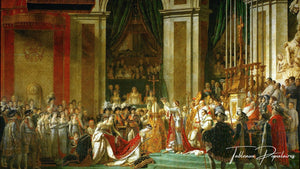
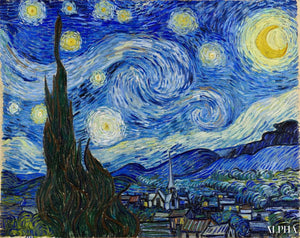
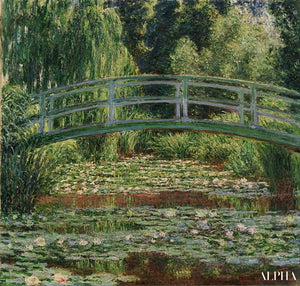
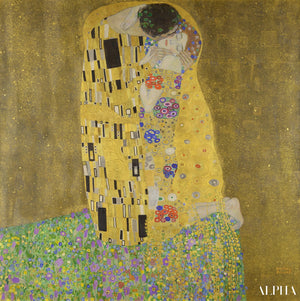
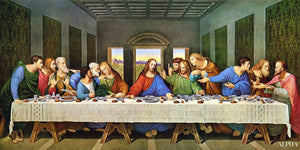
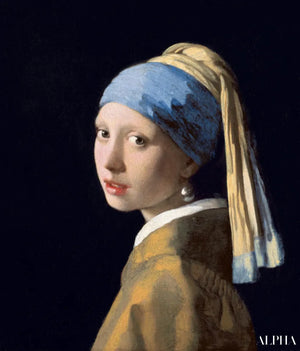
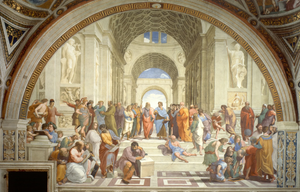
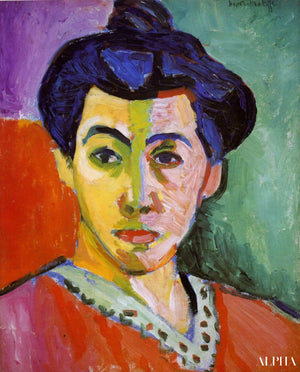
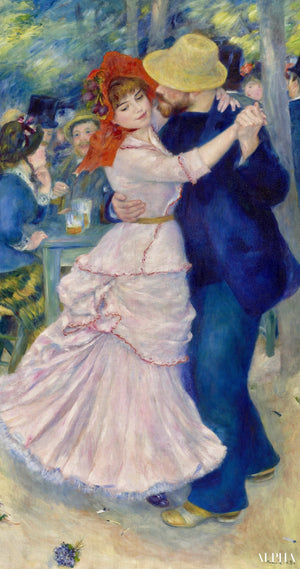


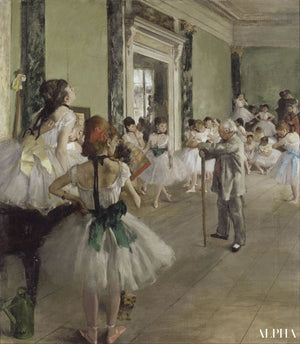
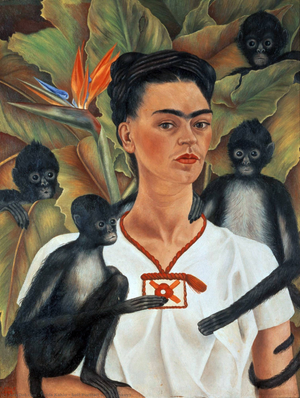
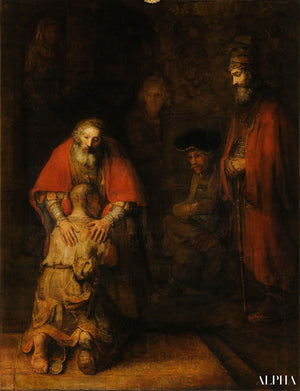

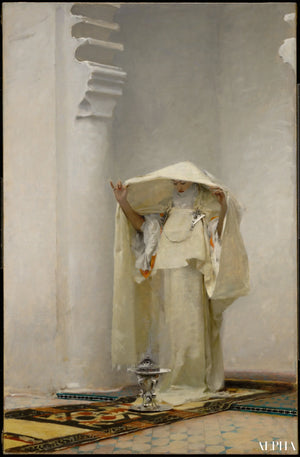
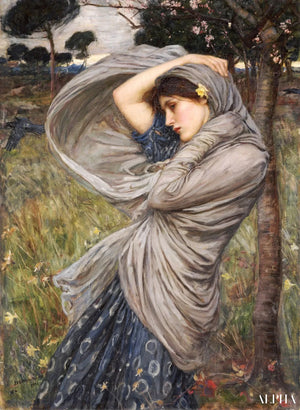

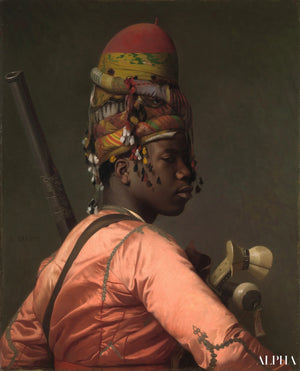










0 comments